Press Info
Photos

Photo by Brian Young

Photo by Brian Young
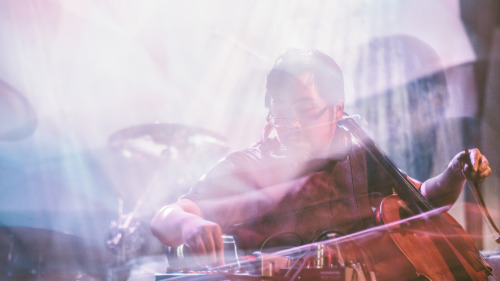
Photo by Brian Young
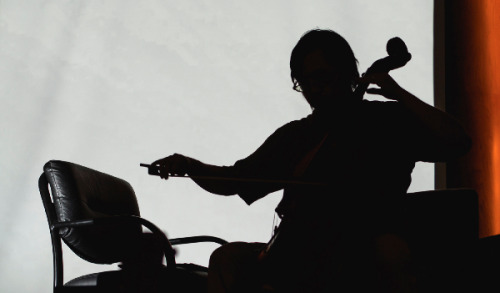
Photo by Brian Young

With Marcus Fischer (Photo by Eric Kilkenny)
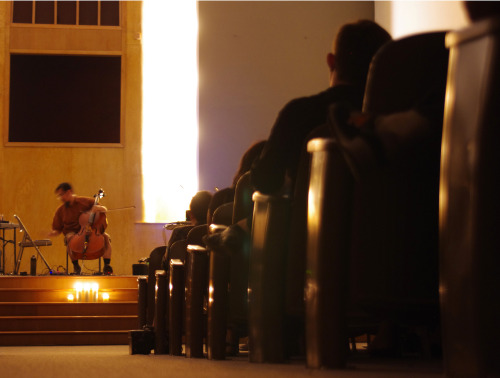
At Alberta Abbey (Photo by Jay Schwab)
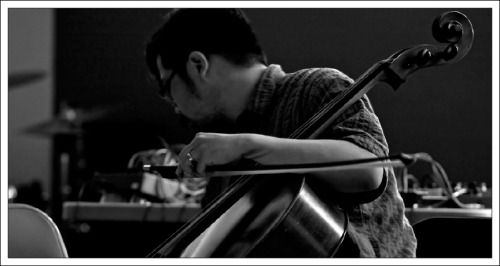
Photo by Brian Young
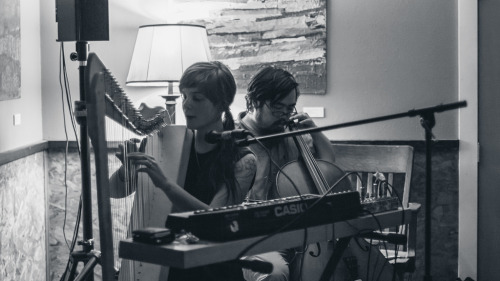
With Desiree Rousseau, aka Brumes (Photo by Brian Young)
Reviews
Here are some reviews and writeups of my work, sorted by date.
Tiny Mixtapes review of Nuvole:
Waking up in the future was similar to this morning: touching down both feet upon the ground with a fair assessment of where they’ll take you for the day. Then you see in your closet that Robert Donne, Stephen Vitiello and The OO-Ray (Ted Laderas) have been watching you sleep all night and the first word outta your mouth is, “Nuvole.” You ain’t never spoke Italian before, but as they approach a naked, half asleep version of you standing by your bed, you realize you’re fluently speaking in Italian, but really just ambiance. Within the language of ambiance, you ask the trio of slow-stroked brilliance if everything has been droned away with, and your new daily activity is finding meditative lengths guided by their newest piece of work on Geographic North. In long form movements, spacial and temporal warping, master-level patience, and complete frequency, the three answer back in two forms of Nuvole. Both these two forms comprise each side of their newest release, entitled Nuvole, and we can all (now) find the meaning to our daily “SOS” lives!
Textura Review of Empty Orchestra
It’s an awesome, all-consuming cathedral of sound that merges the raw and the refined: noise dronescaping sweetened with themes of an oft-melancholic and chamber classical-styled nature (see “Vapours” and “Hunting Song” as excellent illustrations of the style).
Portland Mercury Review of Empty Orchestra
The songs are built with the same unyielding, enveloping spirit as William Basinski’s Disintegration Loops. They are big, swarming MIDI productions that don’t let you escape from the sound. It’s like standing in the middle of an orchestra as it works out a slowly dripping rewrite that stretches out the opening chords of Also Sprach Zarathustra to epic lengths.
Acts of Silence Review of Empty Orchestra
There has always been a predictability of ambient music that leans toward the boring, however Laderas eschews his music from the pedantic and anticipative hooks of the genre. It is as if liquid sound pours out of your headphones when listening to Empty Orchestra.
KZSU review of Empty Orchestra
Big beautiful fuzzy dramatic cello drone. Created while finishing The OO-Ray’s PhD in Biology, Empty Orchestra protests the savagery of today while maintaining that calm and peace can be reached through turbulence. This really tugged at my heartstrings and not only because I’m about to defend my own dissertation. Wow.
Tiny Mix Tapes on my set Live at Pendarvis Farms
The clean, almost cliché loveliness of the cello is turned forlorn and melancholy by the repetitive, looping nature of the performance, and the continuous layering of complicated emotional fragments on top only add to the overall beauty of the mix.
[Creative Commons Thing of the Day])(http://ccthing.tumblr.com/post/97566525167/silhouettes-the-oo-ray-cc-by-nc-sa-3-0)
Fluid Radio Review of Tulong (w/ Marcus Fischer)
Secret Decoder review of Tulong
Each track glides along at a slow pace, cracking like a stroll down autumnal lanes illuminated by streetlights. Tones are stretched out and given complete room to breathe. While “Deluge” is a more solemn affair, resembling a Nick Cave score played at a quarter-speed, “Reconstruction” almost feels like a literal picking up of the pieces. There’s a hope and will in the sustained notes.
Wajobu Review of Tessellations
Marcus Fischer + The OO-Ray have deftly assembled in their collaborative improvisational work both a cohesive sonic realism, and impressionistic vision with a timeless authenticity.
Textura Review of Tessellations (w/ Marcus Fischer)
Using cello, lap harp, tuning forks, synthesizers, guitar, and percussion as sound sources and analog and digital processing as production means, the two first generated long-form improvisations and then shaped them into the album’s seven settings. In their final form, however, the pieces unfold in a patient and natural manner that makes them seem more like meditative drones delicately shaped in real-time.
Eyebient Review of Tessellations
A few days ago in the evening in Warsaw, I was walking the street late at night and I could hear the sound of crickets. It would not be strange if it were not quite cold for a few days earlier. Someone said, ‘Because in a war at this venue was the ghetto’. I thought: ‘Tessellations’ moves things important, but fortunately only comes close to the border of pathos.
The draw here, as with most electro-acoustic ambient, is how well the too-human organics mesh with the electronics, the rough against the smooth. Laderas pulls it all off nicely, creating sound-sketches of feelings that we want to look deeply into, and which we understand at a gut level.
There is much to admire about this recording: first and foremost, the range of sound Laderas draws from the cello, with its upper and lower registers and percussive potential amply exploited, and with pizzicatto playing heard alongside the bowing (strikingly heard in “Bubbaly,” for example); and, secondly, the circumspection shown in having the twelve settings last only three- to four-minutes on average. Each piece appears just long enough to establish its own sound-world but then, having done so, exits. It’s truly remarkable to hear as luscious a set-piece as “Chimes at Midnight” be brought to life in just three minutes.
A Depressing Little Ditty for Piano and Cello
It’s a gem of a piece: compact, tight, classically refined, illuminated from within. The cello on “Savage Exhibition” has less of the artfully claustrophobic gaseous-effect shoegazer aura that is characteristic of Laderas’ work. Here he pairs the rhythmic cello with a simple piano line, one that is equal parts percussive and melodic. Together in combination, they suggest one of Philip Glass’ early chamber pieces intended for a dance performance. The sense of compactness comes from its limited motion, from the way it seems to move in place.
One Bow to Infinity, liner notes to Magnifications
Of course, Laderas doesn’t play a cello; what he plays is the Oo-Ray, a system of his own invention that places the cello amid a tidy battery of electronic tools that allow him to loop, clip, distort, and, per the title of this collection, magnify the rich overtones of his sound source. His technology doesn’t transform his cello any more than his cello serves his technology; they are partners. There is a soaring quality to “Angostura” that would be impossible to achieve without the digital effects that Laderas employs, but the piece bears no trace of CGI detritus, no green-screen lifelessness, no automated coldness.
As mediated by Laderas’s bank of technology, the lone cello takes on a kind serene majesty — sustained, rich, formidable.